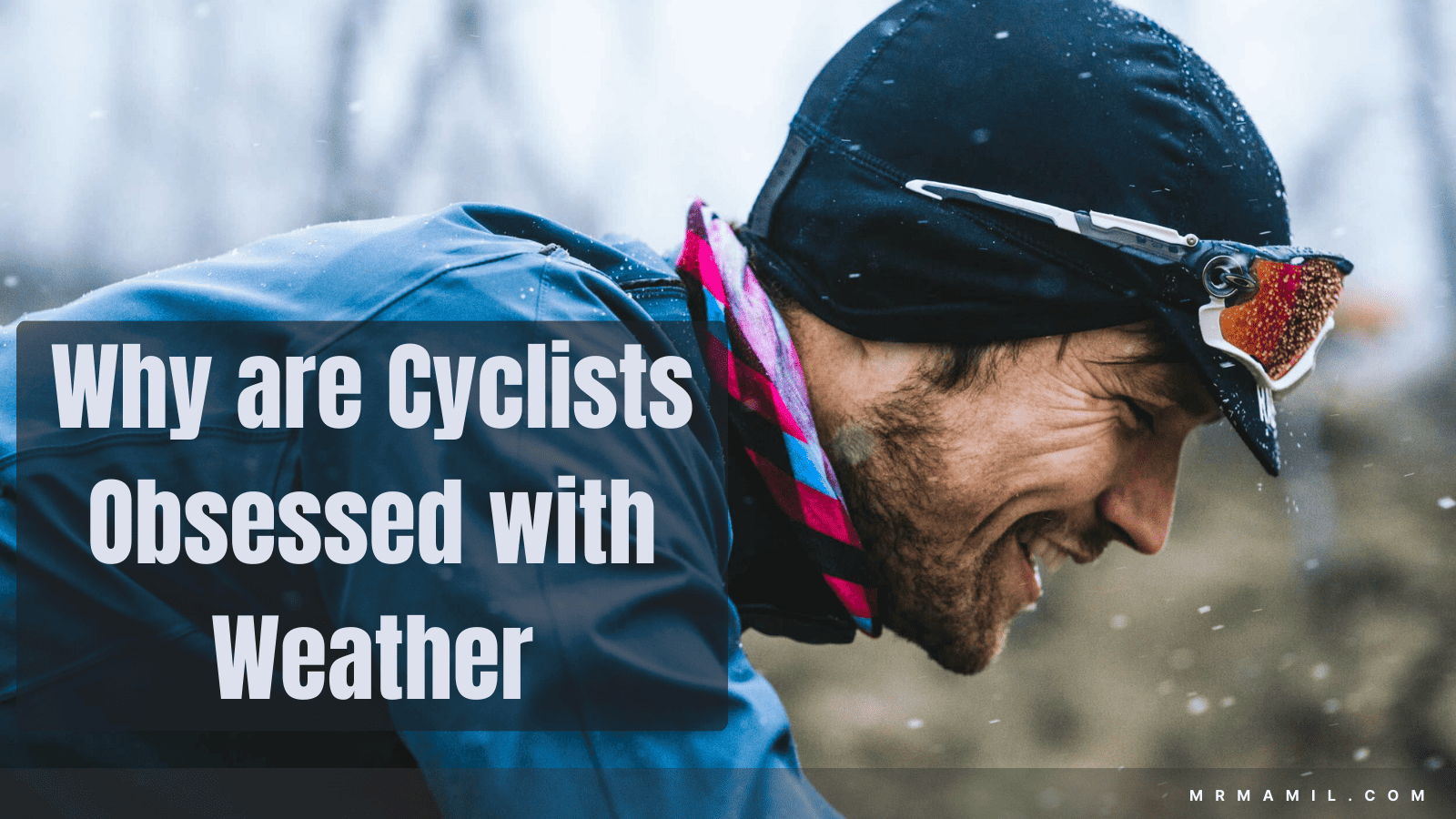
Cycling is a sport that requires meticulous preparation and planning. You need to select your gear, analyze your routes, and fine-tune your nutrition. But there is one unpredictable factor that can make or break your ride; the weather.
The weather can affect your safety, comfort, performance, and enjoyment on the road. That’s why seasoned cyclists are borderline obsessive about their weather apps. They know that checking the forecast might just be their secret weapon on the road.
Here are five reasons why you should always check the weather before each ride, and practical tips on how to do it effectively.
1. Avoid getting caught in the rain
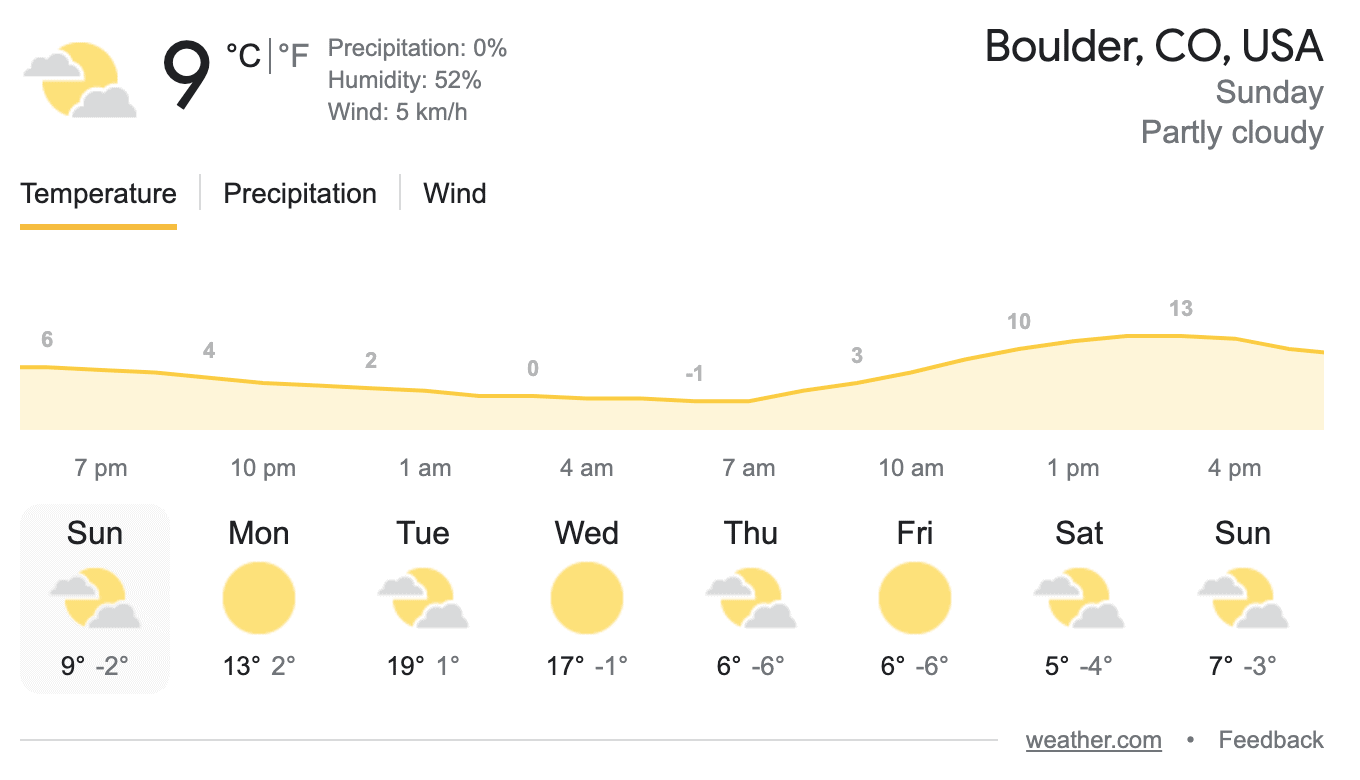
Riding in the rain can be dangerous, uncomfortable, and damaging to your bike.
You can prevent this by checking the forecast and planning your ride accordingly. Most weather apps can show you the probability and intensity of precipitation in your area. You can plan your ride accordingly or pack a rain jacket just in case. If you see rain on the radar, you can postpone your ride, change your route, or bring a rain jacket.
If you don’t mind getting wet, you can use the rain to your advantage. Riding in the rain can improve your bike handling skills, challenge your mental toughness, and make you appreciate the sunny days more.
If you’re riding in wet weather, be prepared to get wet, and have a plan for getting warm and dry as quickly as possible afterward.
Bicycling.com
More reading : How to Lead A Group Ride
2. Dress appropriately for the temperature
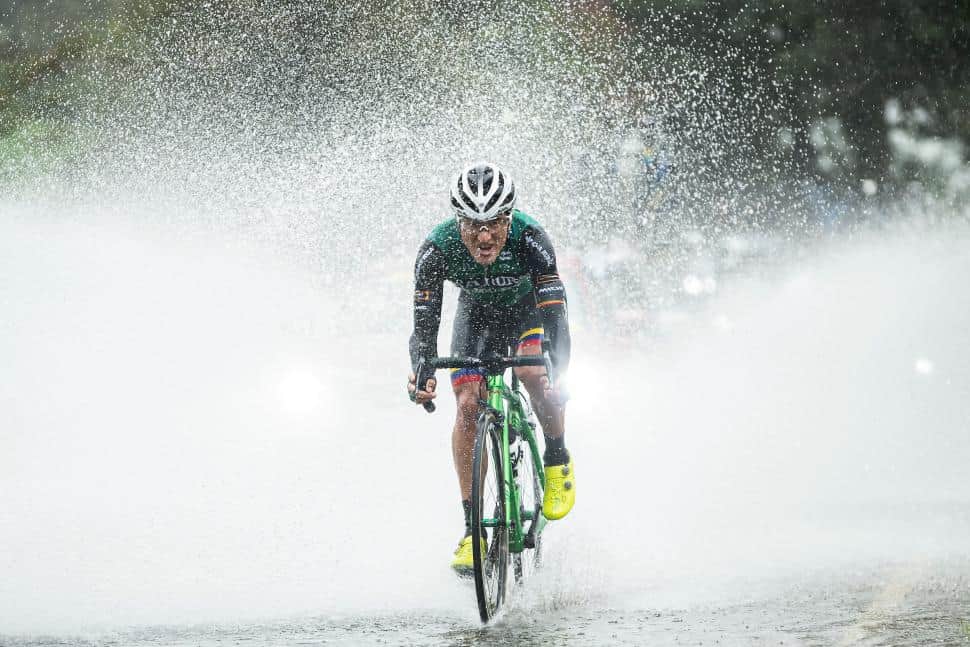
Cycling can make you feel hot or cold, depending on your ride’s intensity, duration, and wind conditions. Most weather apps can show you the hourly temperature forecast for your area. You can dress accordingly or layer up and strip down as needed.
Depending on your feelings, You can adjust your clothing as you ride. According to British Cycling, a good rule of thumb is to dress as if it is 10ºC warmer than the actual temperature. This allows for the heat you will generate once you get going.
Dressing for cycling is an art, not a science. You need to experiment and find what works for you.
Bike Radar
More reading : How to Ride Safely in the Rain
3. Stay hydrated and energized
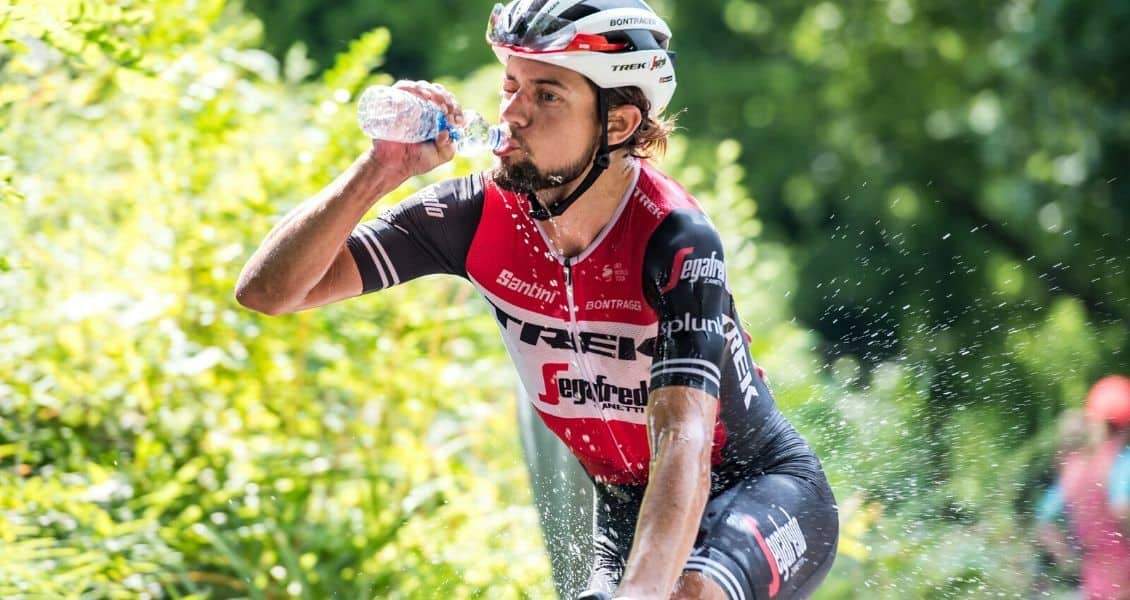
If you ride in hot and humid conditions, you can lose a lot of fluids and electrolytes through sweating. This can lead to dehydration, heat exhaustion, and heat stroke.
Most weather apps can show you the heat index, which is a combination of temperature and humidity. You can use this to determine how much water and food you need to bring on your ride, and how often you need to replenish them.
If you can’t avoid riding in the heat, you can manage it. You can ride early in the morning or late in the evening when the sun is less intense. You can also choose routes that are shaded, well-ventilated, and have water sources along the way.
Hydration and nutrition are key to riding well in the heat. You need to drink before you’re thirsty, and eat before you’re hungry.
Bicycling
More reading : How to Avoid Bonking on Long Rides
4. Deal with the wind direction and speed
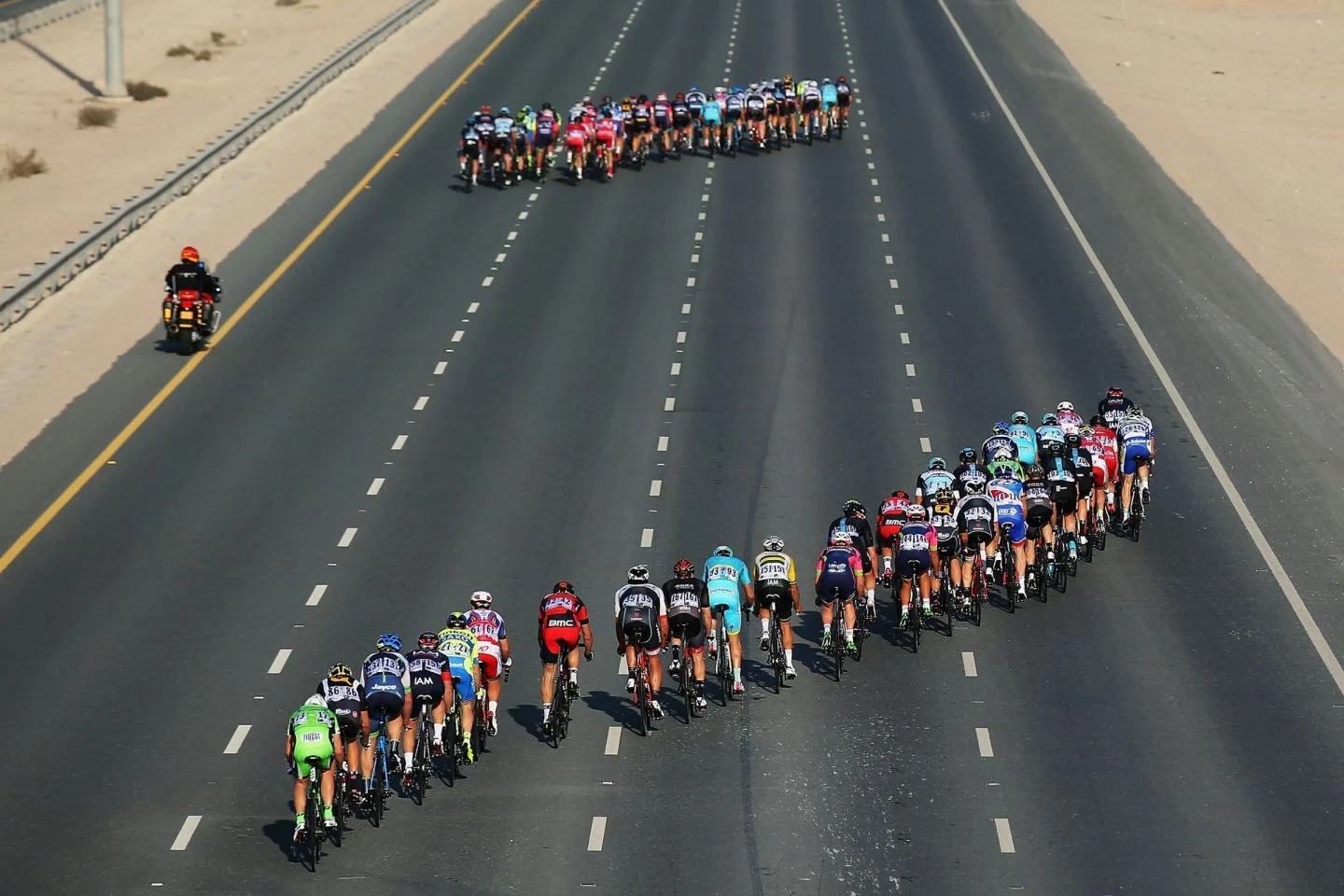
Wind can affect your speed. If you ride into a headwind, you will have to work harder to maintain your pace. If you ride with a tailwind, you will have an easier time going fast. If you ride in a crosswind, you have to balance your bike against the sideways force.
Most weather apps can show you the wind direction and speed forecast for your area. You can use this to plan your route and strategy. You can also check the flags, trees, and clouds for clues on the wind conditions.
You can use it to your benefit if you don’t mind riding in the wind. Riding into a headwind can improve your power and endurance while riding with a tailwind can boost your confidence and morale. can enhance your bike handling skills.
Wind is the invisible hill. It can make you stronger, faster, and smarter.
Road Bike Rider
5. Avoid slippery roads and crashes
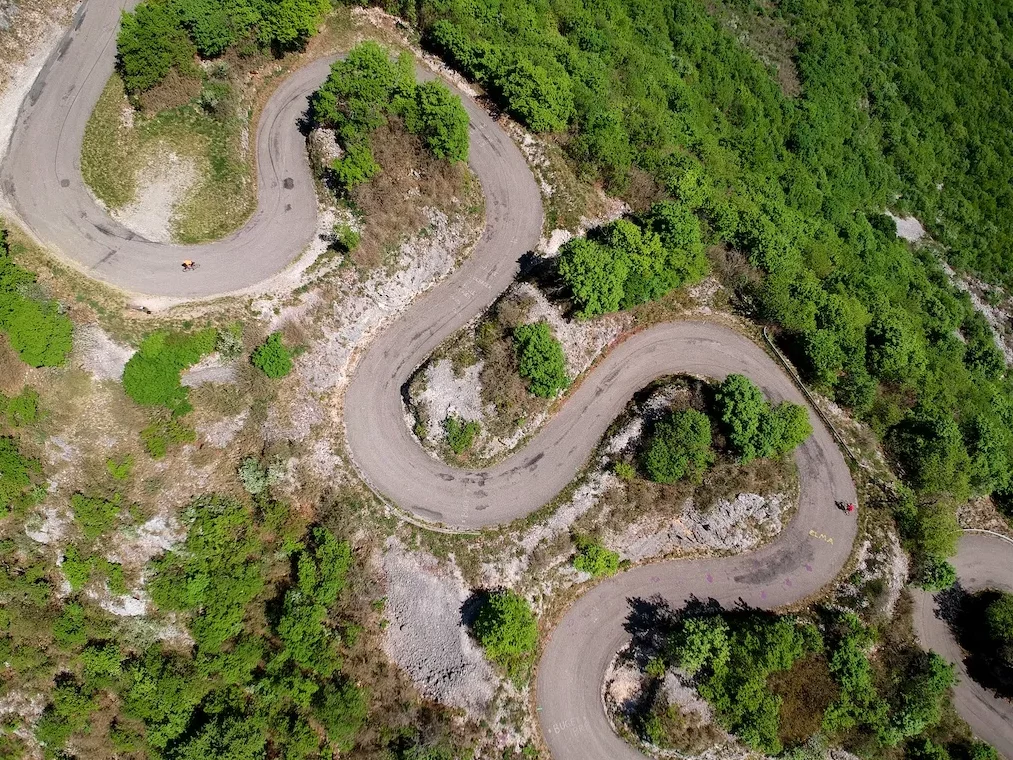
Wet roads can affect your safety. If you ride on wet roads, you will have less traction and braking power. This can increase your chances of skidding, sliding, and crashing. Wet roads can also hide potholes, debris, and oil patches that can damage your bike or cause a puncture.
Most weather apps can show you the rainfall history and forecast for your area. You can use this to avoid riding on wet roads or wait until they dry up. You can also check the road conditions before you ride, and look for signs of moisture, such as puddles, reflections, and rainbows.
If you can’t avoid riding on wet roads, you can adapt to handle them. You can lower your tire pressure, reduce your speed, and increase your following distance. You can also use wider tires, disc brakes, and fenders to improve your grip, control, and comfort.
Riding on wet roads is not impossible, but it requires more caution and skill. You need to be smooth, gentle, and alert.
Cycling Tips
More reading : How to Prevent Crashes in Group Ride

Alex Lee is the founder and editor-at-large of Mr. Mamil. Coming from a professional engineering background, he breaks down technical cycling nuances into an easy-to-understand and digestible format here.
He has been riding road bikes actively for the past 12 years and started racing competitively in the senior category during the summer recently.